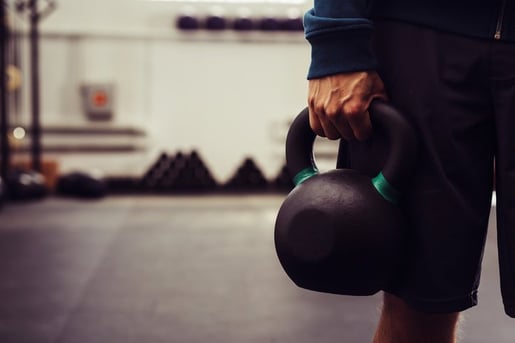 We’ve all heard that using the same workout program for a long duration is not the most effective way to train. At some point in everyone’s training life, they get into a program or workout routine that just seems to be perfect. It may be time-efficient and enjoyable, and you may see all of the improvements you set out to achieve when you started. These workout programs may last 4, 8, or 12 weeks, but they are always the hardest to switch up even if your improvements (or “gainz”) have stalled.
We’ve all heard that using the same workout program for a long duration is not the most effective way to train. At some point in everyone’s training life, they get into a program or workout routine that just seems to be perfect. It may be time-efficient and enjoyable, and you may see all of the improvements you set out to achieve when you started. These workout programs may last 4, 8, or 12 weeks, but they are always the hardest to switch up even if your improvements (or “gainz”) have stalled.
Balancing the Need for Variety with Favorite Exercises
Exercise variety is great. I recommend switching up different variations of exercises from training cycle to training cycle; I do realize, however, that some of those foundational exercises that you like to perform might always be present.
Most of us have our favorite exercises that are staples in any program that we use. Those favorite exercises also tend to be coupled with rep schemes (sets, reps, rest periods) that we feel like help us get the most out of our time in the gym. It’s almost like we have our default setting on what we are going to do and run with it. But what if you didn’t want to switch up any of the exercises? How could you build an entirely new workout with the exercises you have been doing from the previous block or training cycle?
A Sample Workout with Variations
The answer is actually pretty simple. You can alter the variables of the program to drastically change the look, feel, and performance of any workout. How do you do it? Take a look at the sample full-body workout below and the following two blocks with the same exercises.
Weeks 1–4
- Front Squat 4x6 (2-minute rest between sets)
- TRX Row 4x15 (1-minute rest)
- Dumbbell Bench Press 4x12 (2-minute rest)
- Kettlebell Lateral Lunge 3x8/leg (1-minute rest)
- Lat Pulldown 3x15 (1-minute rest)
Weeks 4–8
- Front Squat 3x12 (30-second rest between sets)
- TRX Row 3x25 (30-second rest)
- Dumbbell Bench Press 3x20 (30-second rest)
- Kettlebell Lateral Lunge 3x15/leg (30-second rest)
- Lat Pulldown 3x15 (30-second rest)
Weeks 9–12
- Front Squat 5x3 (3-minute rest between sets)
- TRX Row 5x8 (1.5-minute rest)
- Dumbbell Bench Press 4x6 (2-minute rest)
- Kettlebell Lateral Lunge 4x3/leg (1.5-minute rest)
- Lat Pulldown 4x10 (1.5-minute rest)
For each four-week block, I made small adjustments to each of the exercise “variables.” Each of these blocks will give you an entirely different feel than the preceding block. By changing sets, reps, and rest periods, you are altering the stressors on the body. You are also changing what the goal for your cycle may be. Want to work on pure strength? Use low reps, lots of sets, and big rest periods. Muscular endurance? Try lots of reps and little rest.
Small Changes Equal Big Progress
Little adjustments can make big changes in your progress in the gym. The same “old” can now be the same “new.”
This blog was written by Alex Soller, Athletic Performance Coach, and NIFS trainer. To find out more about the NIFS bloggers, click here.


 Looking for a simple and fun way to plan your own workout? You can use a deck of playing cards to determine which exercises to do and how many reps. Here are the steps for planning this game-based workout.
Looking for a simple and fun way to plan your own workout? You can use a deck of playing cards to determine which exercises to do and how many reps. Here are the steps for planning this game-based workout.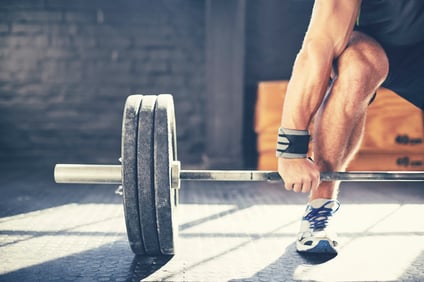 With the sport of powerlifting taking off in the last couple of years, more and more people are taking up the sport as a hobby and to improve their overall fitness levels. Training to improve strength in the squat, bench, and deadlift is a great way to improve total body strength and improve body composition.
With the sport of powerlifting taking off in the last couple of years, more and more people are taking up the sport as a hobby and to improve their overall fitness levels. Training to improve strength in the squat, bench, and deadlift is a great way to improve total body strength and improve body composition. 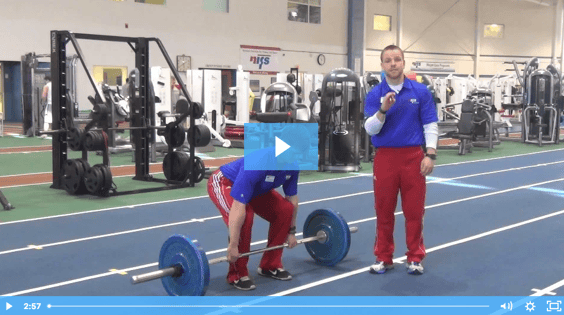

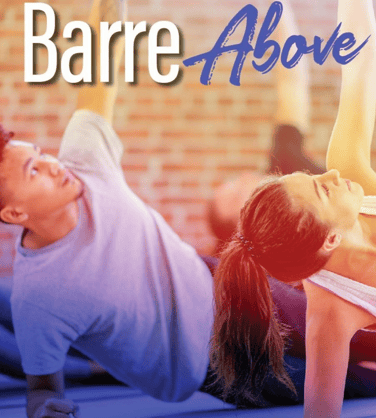 Are you looking for a workout to strengthen and tone muscles without increasing bulk, but have not found anything that you like doing? Have you always wanted to increase your cardiovascular endurance and metabolism but hate doing regular old boring cardio? Well I might have an answer for you…
Are you looking for a workout to strengthen and tone muscles without increasing bulk, but have not found anything that you like doing? Have you always wanted to increase your cardiovascular endurance and metabolism but hate doing regular old boring cardio? Well I might have an answer for you… 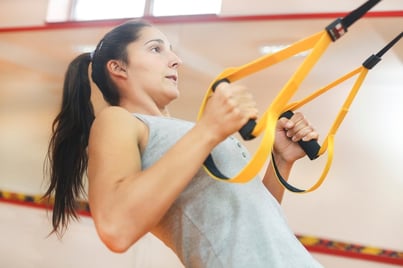 Have you tried TRX class at NIFS? For starters, you may be asking yourself, “What is a trx?” TRX is a body-weight suspension training system designed to give you a total-body workout, while playing to your skill set and allowing for nearly limitless body-weight–oriented exercise. TRX can provide a fitness beginner with an opportunity to learn movement patterns properly as well as challenge the most seasoned veterans in the gym with more advanced progressions.
Have you tried TRX class at NIFS? For starters, you may be asking yourself, “What is a trx?” TRX is a body-weight suspension training system designed to give you a total-body workout, while playing to your skill set and allowing for nearly limitless body-weight–oriented exercise. TRX can provide a fitness beginner with an opportunity to learn movement patterns properly as well as challenge the most seasoned veterans in the gym with more advanced progressions.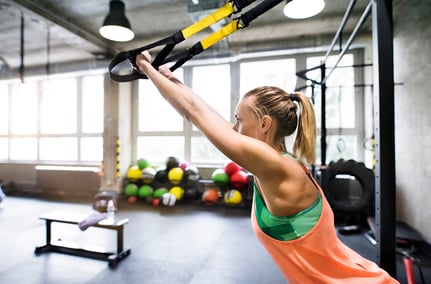 TRX Row: With two handles set to the short length (one tick mark), start with arms long and body in a plank position, being mindful that you do not let your hips sag. While under control, pull yourself up to your hands. Lower back down under control. PRO TIP: You can pull with your hands parallel to the floor to engage the lats more, whereas pulling with your hands horizontal to the floor works the rear deltoids and trapezius. (See video
TRX Row: With two handles set to the short length (one tick mark), start with arms long and body in a plank position, being mindful that you do not let your hips sag. While under control, pull yourself up to your hands. Lower back down under control. PRO TIP: You can pull with your hands parallel to the floor to engage the lats more, whereas pulling with your hands horizontal to the floor works the rear deltoids and trapezius. (See video 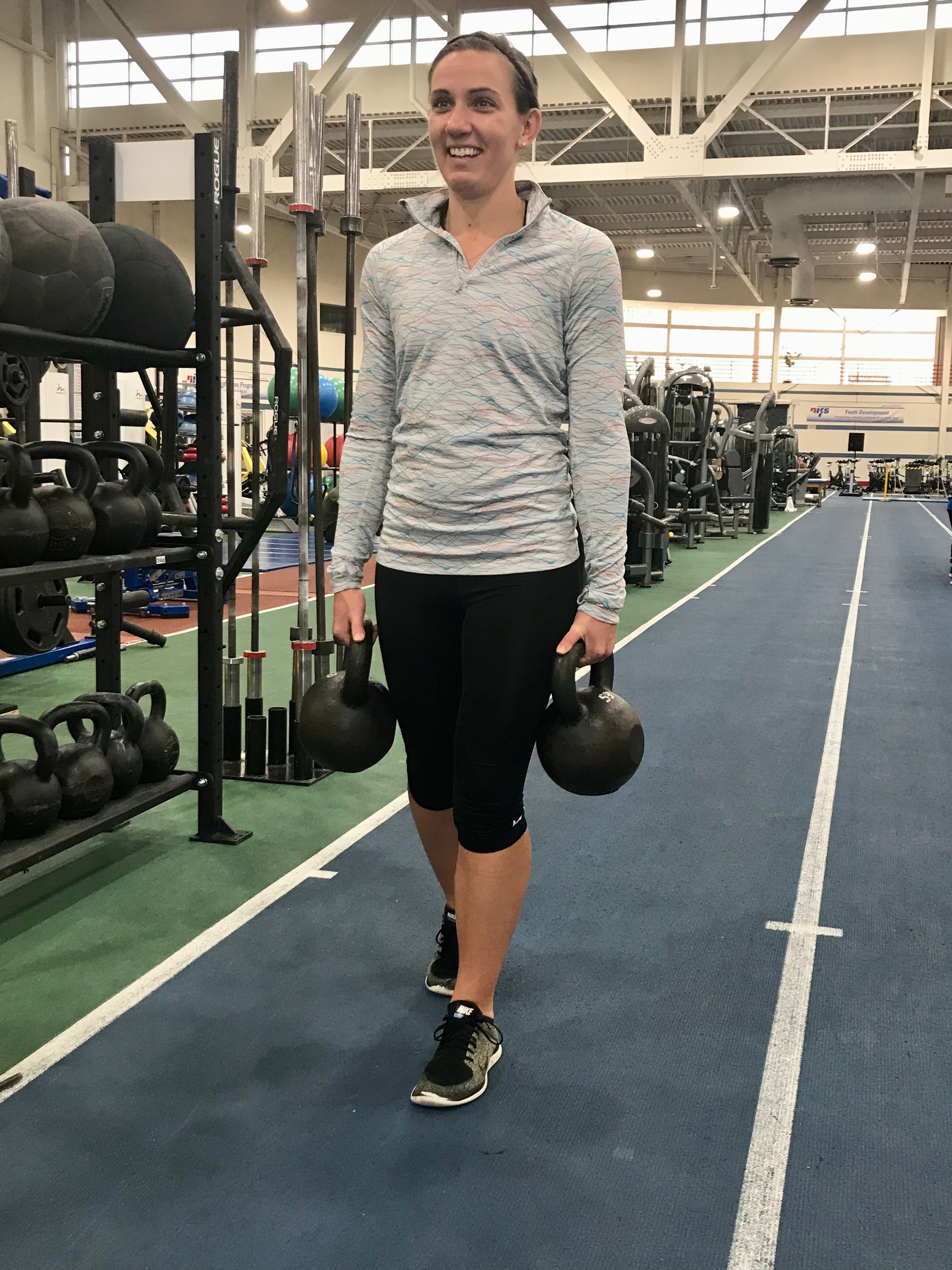 We have all seen people in the gym just walking around carrying weights such as kettlebells, dumbbells, and maybe even sandbags. It may look easy since they are just walking, but carries are a complex exercise that, when you give it a try, you will realize are actually pretty challenging. Don’t knock them until you’ve tried them!
We have all seen people in the gym just walking around carrying weights such as kettlebells, dumbbells, and maybe even sandbags. It may look easy since they are just walking, but carries are a complex exercise that, when you give it a try, you will realize are actually pretty challenging. Don’t knock them until you’ve tried them!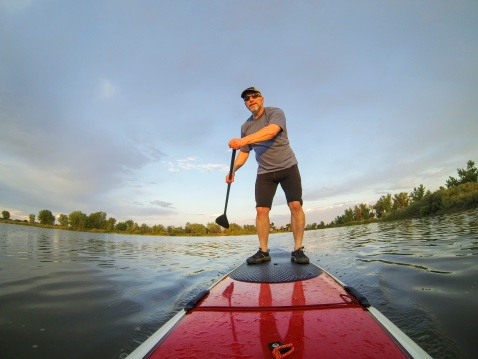 This is a great time of year to get out and do some fitness activities that you do not get to do year round, living in an Indiana climate. As the weather turns, the opportunity for some watersports becomes more realistic. While there are many different things you can do for exercise on the water like kayaking, canoeing, and swimming, my all-time favorite outdoor activity is paddleboarding. The benefits of
This is a great time of year to get out and do some fitness activities that you do not get to do year round, living in an Indiana climate. As the weather turns, the opportunity for some watersports becomes more realistic. While there are many different things you can do for exercise on the water like kayaking, canoeing, and swimming, my all-time favorite outdoor activity is paddleboarding. The benefits of